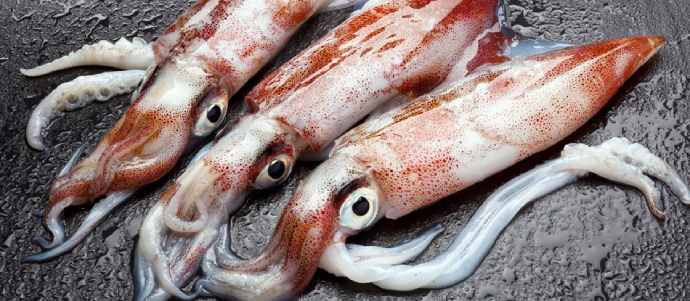 The articles – sometimes published with sensational and potentially alarmist titles – which speak of potentially dangerous pollutants for health in squid are causing a sensation in Italy. The truth, as always, lies somewhere in between:
The articles – sometimes published with sensational and potentially alarmist titles – which speak of potentially dangerous pollutants for health in squid are causing a sensation in Italy. The truth, as always, lies somewhere in between:
Researchers from the University of California of Santa Cruz also investigated on the delicate and important topic, coordinating an international team to which the Global Fishing Watch – an NGO specialized in monitoring global fishing activities – the Australian University of Wollongong National Center for Ocean Resources and Security and the Japan Fisheries Research and Education Agency . By cross-referencing the data of multiple fishing vessels in a period between 2017 and 2020 in four areas, it was discovered that fishing activity is also carried out in unregulated and potentially polluted waters due to lack of preventive control. In particular, we are talking about the following areas of the world:
the southwest Atlantic Ocean off the coast of southern South America, the northwest Indian Ocean between India and the Horn of Africa, the northwest Pacific Ocean around the Japanese and Russian coasts, and the Southeast Pacific Ocean, off South and Central America. It is in these waters that many (but not all) of the shellfish that end up on our tables are caught. Scientists have found that squid and squid fishing increased by 68% between 2017 and 2020, thus going from 149,000 to 250,000 dedicated fishing days each year. The risk is that the considerable demand could “justify” fishing even in uncontrolled areas. Previously, scientific studies had confirmed the presence of significant and various forms of pollutants identified precisely in some squid caught:
“The current status of global marine pollution from TBT (tributyltin), TPT (triphenyltin) and polychlorinated biphenyls (PCBs) was examined by determining their concentrations in squid livers. The concentrations of TBT and TPT in squid livers were higher in coastal waters than in open oceans. The highest values of TBT and TPT of 279 and 519 ng g −1, respectively, were detected off the coast of Japan. TBT concentrations were higher in the northern hemisphere than in southern hemisphere organisms. TPT was not detected in squid livers collected in the Southern Hemisphere. The variation in TBT and TPT concentrations between the northern and southern hemispheres was greater than that recognized for the distribution of PCBs in the world’s oceans. This global distribution pattern of TBT, TPT and PCBs seemed to reflect their usage” – reads a 2013 scientific study .




